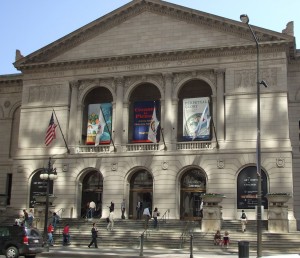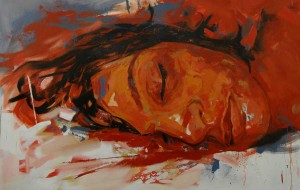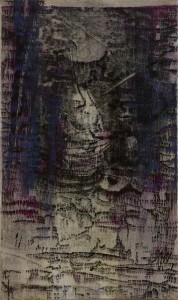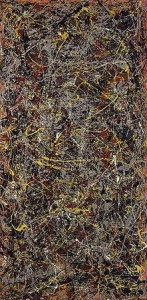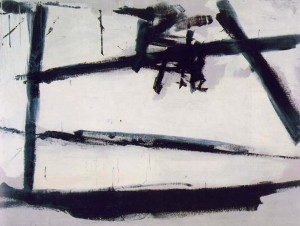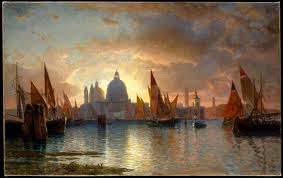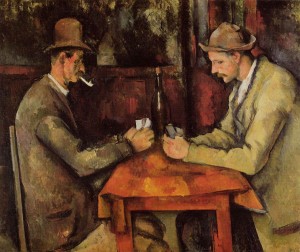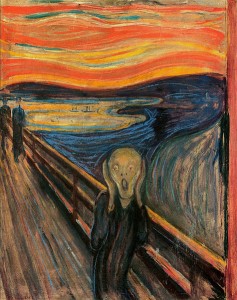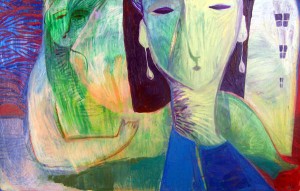Tips in Finding the Best Art School for You
Planning on studying at an art school? Consider these tips to help you decide which art school is best for you.
1. List the pros and cons of each art school you are considering.
Learn about the art schools that you are interested in. Key factors to know include the school’s location, cost, studio space, dormitory, transportation. Check the school’s website for these important information and you can send inquiries to clarify some things that you are not sure of. Be objective in listing the benefits and drawbacks of each school.
2. Visit the campus.
Visiting the actual campus can give you another dimension of appreciation for an art school. Information that you got from their websites differ from getting the “feel” of each campus. Walk around the campus to see how big the school is and see the demeanor of students. Join a campus tour, if available, to get insider tips and additional information about the school. Visit the classrooms, housing facilities, studios, and dorms to check out current rental fees and conditions of these establishments. You can also see the art supply stores near the school and know where art students buy their materials.
3. Courses available for artists.
Some art schools offer courses in entrepreneurship. According to the National Endowment for the Arts, compared to the rest of the US workforce, artists are three times more likely to be self-employed, having their own businesses. It’s good if your school provides courses which will teach you about setting up and managing your own business, whether an online art business or an actual art gallery. These courses can also help you network with other business-minded artists. You can share your art works among your peers so whenever someone opens an art shop or organizes an art show, your pieces can be included, and vice versa.
4. Support for graduating students.
Know if the school helps graduating students find internships and is there support available to help students transition from school to the work world? Ask about where the school’s graduates are right now, what are they doing? Are they employed in the art field or have their own art business? As a student, you want to pass school and also have something that will generate your income after school.
5. Trust your instincts.
If you’ve been given offers from several art schools, it may be overwhelming and confusing which school is best for you. If you can, just limit yourself with just 2-3 schools and determine which you think is best for you. It may be a hard decision to make so ask your parents, friends, and other people close to you for their opinion. Know what they have to say why this school is better for you. Weigh their points of view with your own, but in the end, follow your heart.
Image source: http://unknowninkdesign.com
